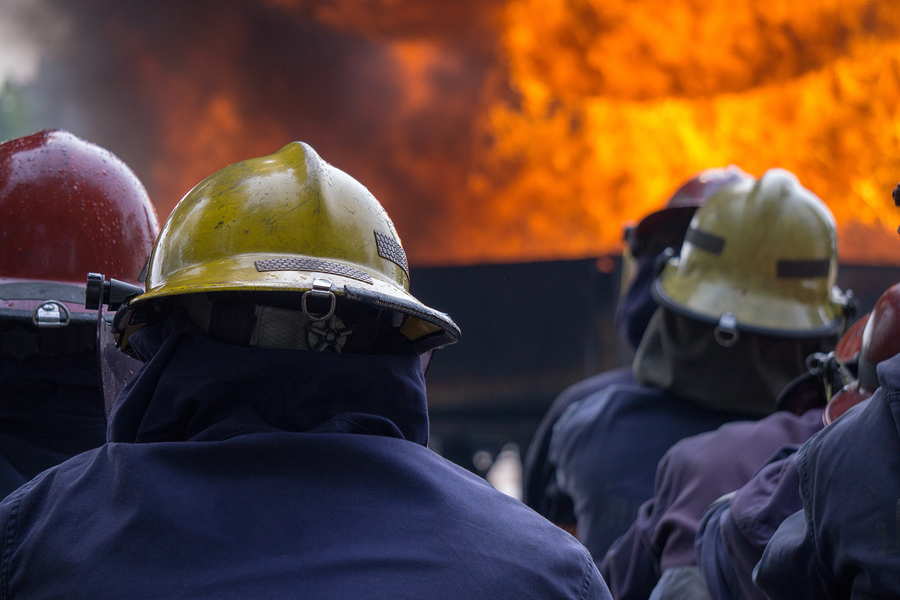Today We’re Asking: Why Doesn’t NZ Fire Test?
This may come as news to you (not to us, as we’ve been in the industry for over a decade now), but the materials we use to build our homes here in NZ are not required (by law) to be fire tested. The NZ Building Code (Clause C) talks about Prevention Of and Protection From Fire, but unlike countries such as the UK, USA and Australia, here in New Zealand the materials used in construction do not legally need to be tested, rated and the results made public.
We’re on our own over here.
In many Western countries with very similar construction industries to ours, fire testing of materials is a legal requirement. Fire resistance is noted on technical specs, and is made readily available for architects, builders, and even non-industry folk who are interested in the fire risk of the building they live or work in.
It’s no surprise these countries require fire testing. Climate change is happening, and bringing with it almost continuous wildfires that threaten, and even destroy, people’s homes.
The vast majority of science-based evidence points to the fact that our climate is changing, and an increase in wildfire activity is one example of how climate change is playing out. It’s a terrifying reminder that we need to not only do what we can to protect our environment as often and quickly as possible, but also plan for the worst in our long term goals: specifically, where we build our houses, and how.
In response to the UK Grenfell Tower tragedy
Fire tests of cladding on multi-storey buildings were run here in New Zealand for the first time in 2020 at the Building Research Association (or Branz) in rural Porirua. Until then, there hadn’t been a way to run international tests locally to determine the fire-safety of the type of walls commonly constructed in NZ, and to local conditions. So why is it that now we have the ability to fire test building materials, this not a legal requirement?
Frankly, we would welcome fire testing laws.
Why? There’s a perception that building with straw incurs a huge fire hazard, and the fire risk is a question commonly asked when talking about our straw structural panels. But in actual fact, our panels are supremely fire resistant. Here’s why:
- To begin with, fire cannot burn without oxygen. By ensuring the straw structural panels are dense and tightly packed, we create an airless environment. The straw in our panels is compressed to a density as high as 100kg/m2 (+/- 10%)
- Secondly, straw contains silica, a natural fire retardant. Straw and wood create a charcoal insulation layer on the surface of the panel that protects the deeper layers from self-igniting.
There’s been a recent study conducted on the fire hazard of compressed straw as an insulation material for wooden structures. They found that compressed straw appears to pose a lesser risk in terms of reaction to fire when compared to conventional, combustible insulation materials. Plus, there are examples of straw bale homes which survived the Californian bush fires, when conventional structures were destroyed. And in Europe, Ecocoon & Modcell have achieved fire ratings of between an hour and 2.25 hours- so we’re in good company.

So, to be able to definitively measure and define just how fire resistant our straw structural panels actually are, especially compared to conventional building materials, would be super helpful for us.
The many benefits to our straw structural panels can be explicitly seen, and explained:
The thickness of panels make them highly insulating and acoustic baffling. They’re carbon negative, cost efficient, strong and designed for comfort. We also know they’re extremely fire resistant, and if they were required (by law) to be fire tested and the results made public- we could help break down the barriers to using this amazing product for many, many future builds.
Thinking about using Hiberna Modular panels for your next build? We’d love you to get in touch to start talking straw. Contact Us for some more information.